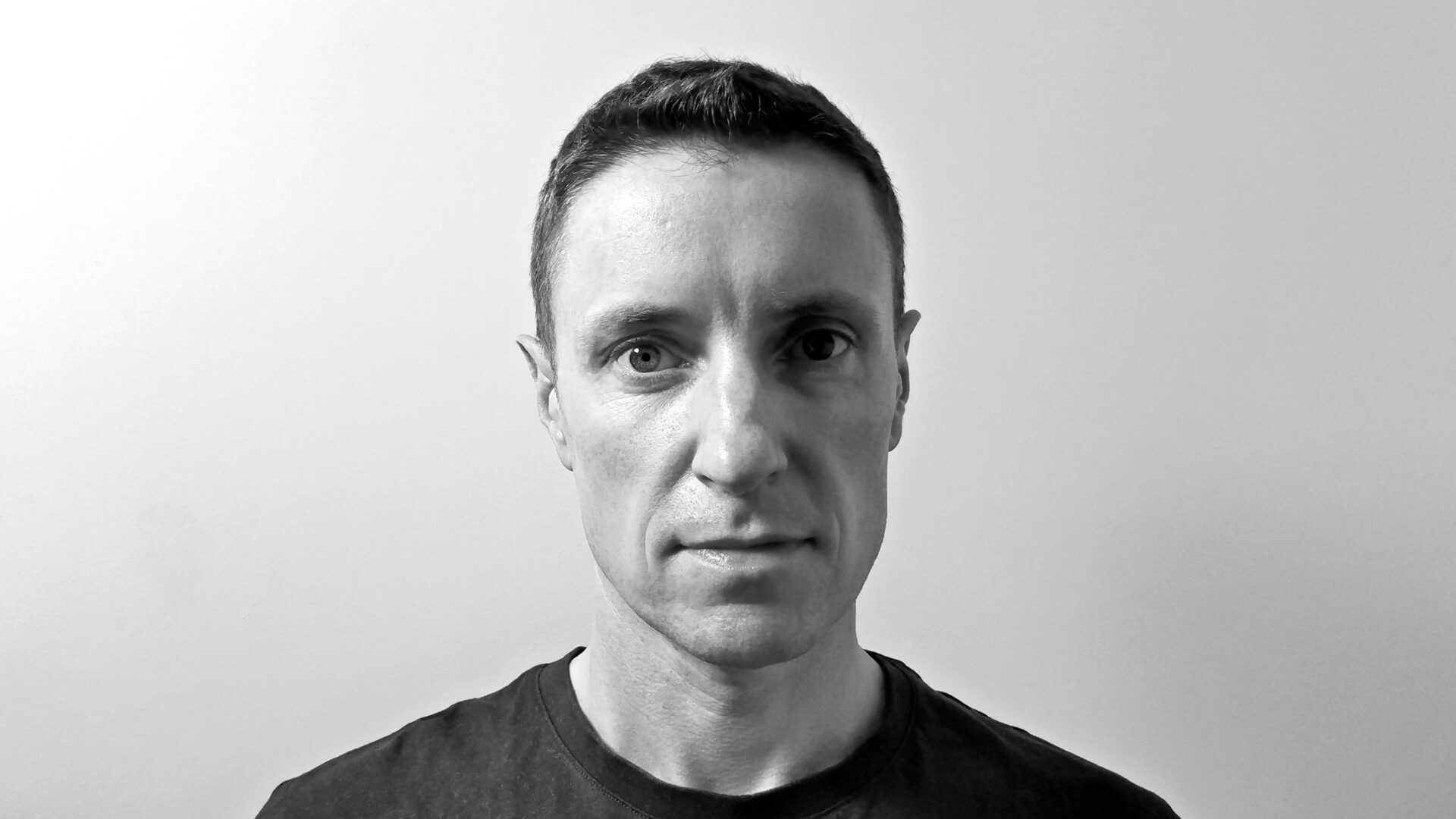We caught up with the brilliant and insightful David Airey a few weeks ago and have shared our conversation below.
David, first a big thank you for taking the time to share your thoughts and insights with us today. I’m sure many of our readers will benefit from your wisdom, and one of the areas where we think your insight might be most helpful is related to imposter syndrome. Imposter syndrome is holding so many people back from reaching their true and highest potential and so we’d love to hear about your journey and how you overcame imposter syndrome.
Imposter syndrome is something many designers face at some point. It describes a feeling I’ve had that I don’t deserve whatever success comes my way, that I’m somehow a fraud, and that eventually, someone will call me out on it. Reminding myself that it’s common helps reframe it as a sign that I’m pushing myself out of my comfort zone — growing as a designer. It’s also worth remembering that skill and creativity aren’t innate; they’re built through practice, learning, and experience.
I like to keep a record of positive client feedback and complimentary emails that come in from time to time. They’re a reminder of my capabilities when doubt sets in. Connecting with other designers and sharing experiences also reassures me, and helps give perspective on progress.
There’s a relevant fable by Aesop, “The Crow and the Peacock.” Feeling inadequate next to the beautiful peacock, a crow adorns itself with fallen peacock feathers in an attempt to appear more impressive. The crow believes that mimicking the peacock’s beauty will bring it the same admiration and acceptance. But the peacocks see through the disguise and reject the crow, and the crow’s own kind no longer recognise it either. The lesson is that trying to be something you’re not leads to isolation and self-doubt.
Just as the peacock feathers didn’t add value for the crow, designers don’t need to constantly measure themselves against others to validate their abilities. True success comes from embracing your unique skills and strengths rather than trying to fit into someone else’s mould. My advice is to focus on authenticity and self-acceptance, because your worth lies in the genuine contributions you make in your own unique way.
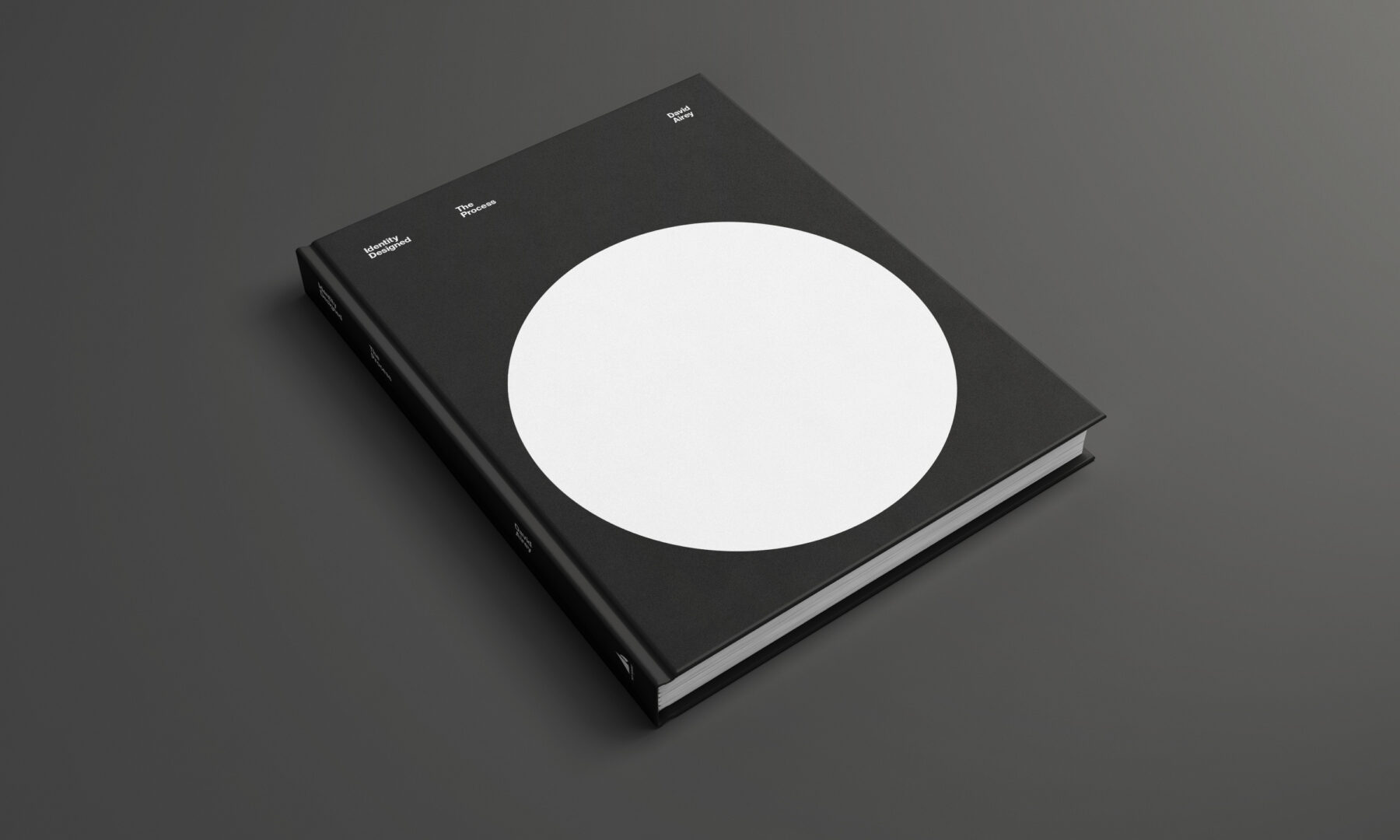
Thanks for sharing that. So, before we get any further into our conversation, can you tell our readers a bit about yourself and what you’re working on?
I’m a graphic designer and writer dedicated to creating relevant, distinctive and meaningful visual identities. Since opening my studio in 2005 I’ve helped a wide range of clients in more than 30 countries, from global corporations to individual entrepreneurs.
All of my projects involve logo work, as I see the logo as the cornerstone of a strong visual identity. That might mean crafting a new logo for a new business, or making subtle refinements to the mark of an established international organisation.
I’ve had the pleasure of working with two US–based publishers (Peachpit and Rockport) to write four bestselling design books, one of which has been translated into 13 languages, and another into seven. The titles are listed as recommended reads on college and university reading lists around the world. My latest book, Identity Designed: The Process, teaches readers how to work through the four fundamental stages of an identity design project — research, strategy, design, and implementation.
For my entire time in the profession I’ve worked independently, and the majority of my clients are overseas — finding me through my website or books. I’m fortunate to say I love what I do — helping good people through good design.
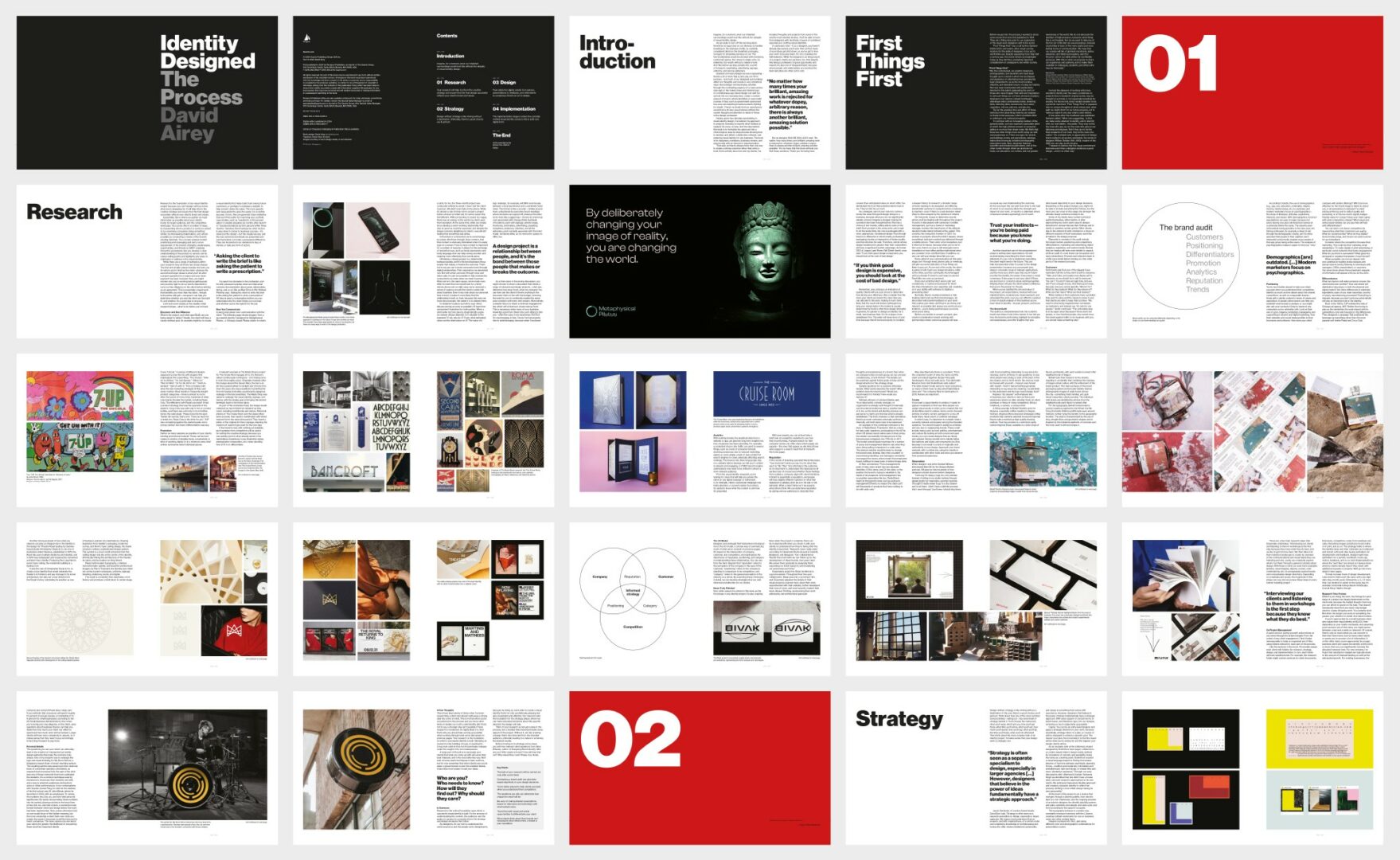
There is so much advice out there about all the different skills and qualities folks need to develop in order to succeed in today’s highly competitive environment and often it can feel overwhelming. So, if we had to break it down to just the three that matter most, which three skills or qualities would you focus on?
Throughout my journey in identity design, three key areas have consistently influenced my work and approach.
Simplicity with Meaning
The ability to distill a complex idea into a simple, memorable mark is at the core of great identity design. Simplicity isn’t just about minimalism — it’s about clarity and timelessness. A logo should communicate the essence of a brand in the most direct way possible while remaining versatile and enduring.
Developing an eye for simplicity begins with studying classic logos and analysing what makes them effective. When working on your own designs, focus on reducing elements to their core without sacrificing meaning.
Strategic Thinking
A logo isn’t just an aesthetic exercise; it’s a strategic tool that serves a business purpose. Understanding the brand, its audience, and its competitive landscape is crucial.
Gain deeper insight into branding, marketing, and human psychology. Asking the right questions — what problem are you solving, and why does it matter — will guide your design process.
Mastery of Form and Typography
A strong command of form, proportion, and typography is essential to crafting identities that are visually compelling and functional across different media. Typography, in particular, is one of the most powerful tools in identity design. Type design alone has the power to create a strong visual impact.
Experiment with form and composition constantly. Look at historical references and learn from the best, but also develop your own visual voice. Understanding the norms and “rules” is valuable, but true creativity comes from knowing when to break them.
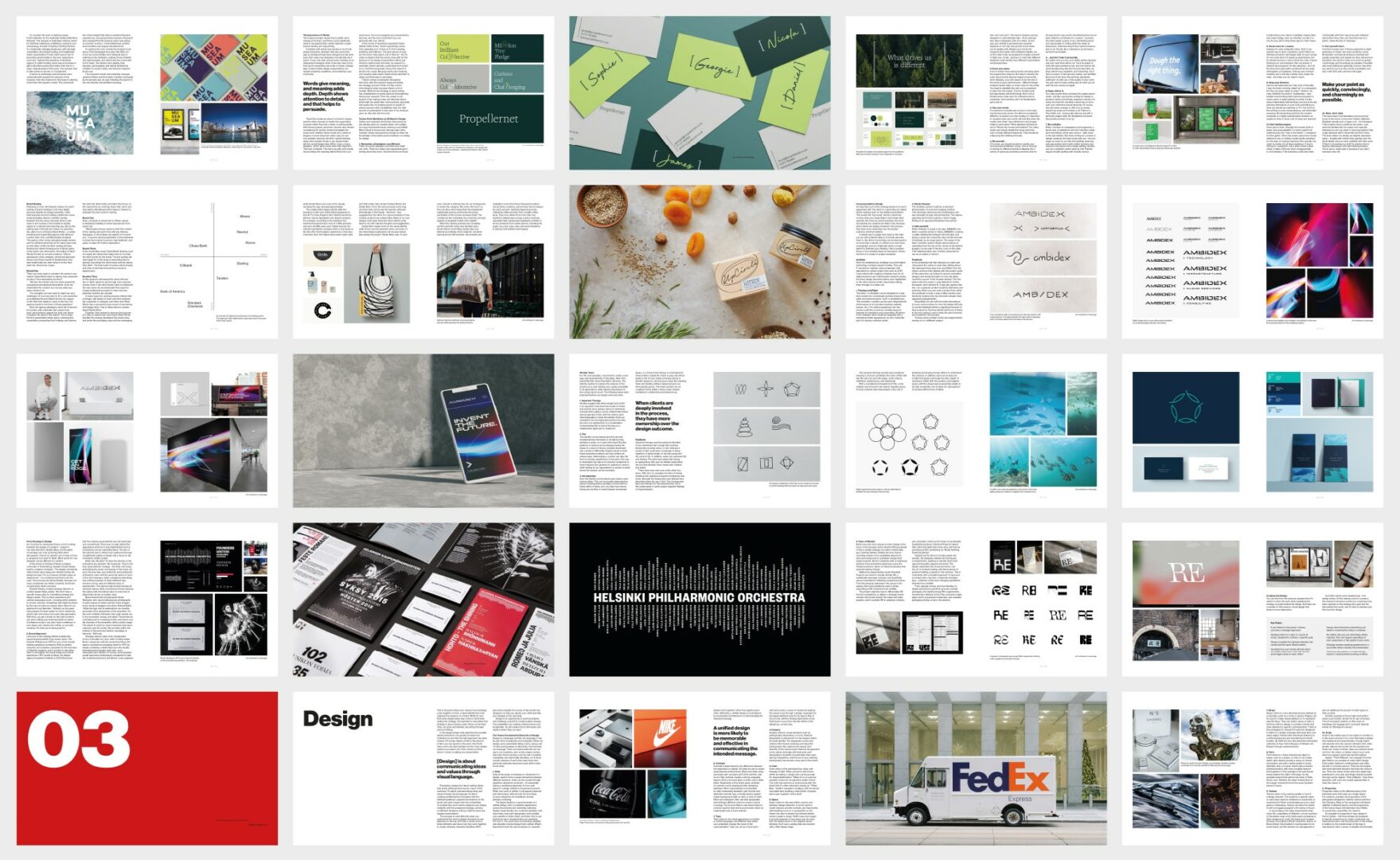
How would you describe your ideal client?
If you’re a business owner or if you’re involved with the visual design of a product, service, or event, I’d love to talk about how I can help with your goals.
Most of my clients are overseas, so it doesn’t matter where you’re located, and if you have strong feelings about the design, that’s great, too. I’m experienced in dealing with companies of all sizes, and with helping reach consensus when there’s a lot of differing opinions.
Contact Info:
- Website: https://www.davidairey.com
- Linkedin: https://www.linkedin.com/in/davidairey
- Twitter: https://x.com/davidairey
- Other: Substack: https://davidairey.substack.com
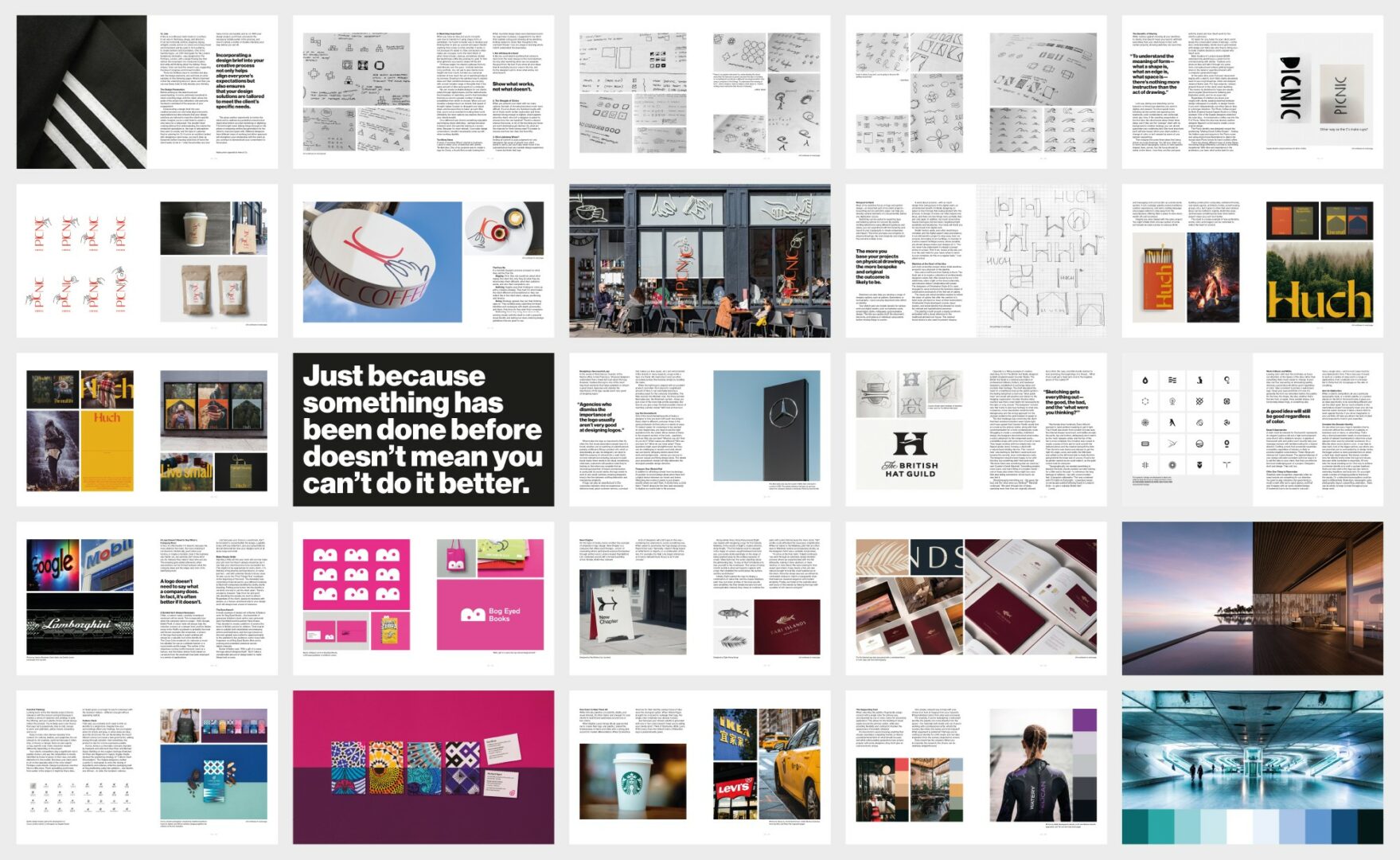

so if you or someone you know deserves recognition please let us know here.

